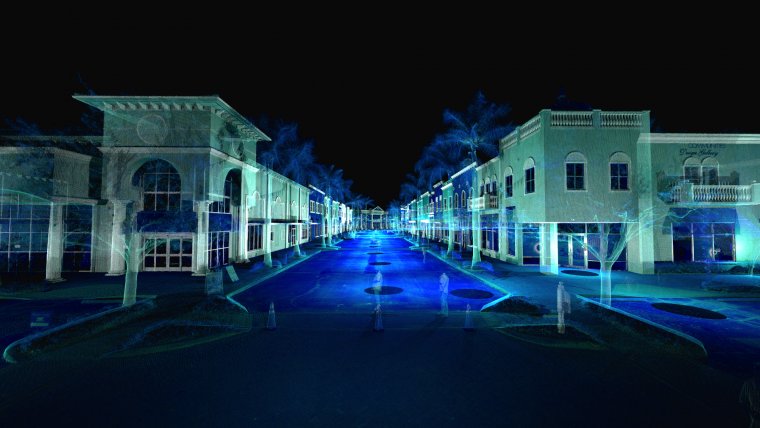Lidar in AEC: overcoming obstacles and unlocking opportunities
How narratives and visuals can propel laser scanning professionals
How can laser scanning and surveying firms stand out from the growing competition? This article provides tips for service providers striving to keep up with the latest technological trends while avoiding the downward price spiral.
Offering laser scanning services is rarely as glamorous as corporate brochures imply. It can be tricky to fund equipment costs, manage client demands and develop a successful pricing policy. To stand out from the growing competition, service providers must keep up with the latest technological trends while excelling at communications and consultancy. This is hard, especially for small and medium-sized firms. This article discusses how laser scanning professionals and surveyors can tackle these challenges, helping them accelerate new-tech adoption in the architecture, engineering and construction (AEC) sector and thereby future-proof the built environment.
Working with thousands of reality capture specialists in over 60 countries since 2018 has revealed a common pain point: the downward spiral of price competition. The story goes like this: as reality capture equipment gets more powerful, affordable and easy to use, this lowers entry barriers and draws in new players with differing levels of expertise. Clients are excited about the promise of laser scanning and digital twins but are often not knowledgeable enough to effectively separate good offers from the bad. The insufficient differentiation among service providers and lack of transparency in pricing policies make it even harder for the client to make an informed decision. So, all too often, it all comes down to the price. The ensuing ‘race to the bottom’ dampens output quality and, consequently, the benefits of reality capture for the client.
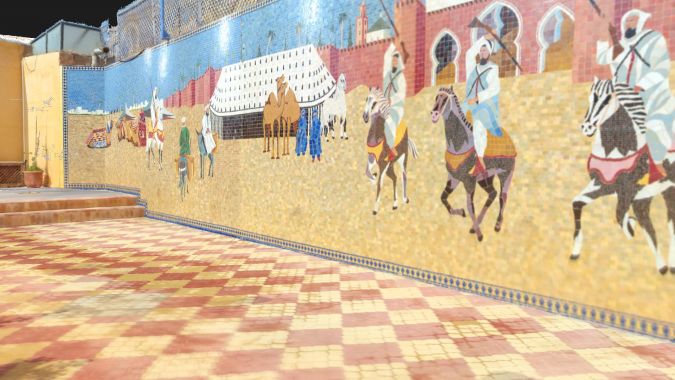
Lidar professionals transform the promises of new reality capture technologies into material benefits for their clients. As change agents, they play a crucial role at the forefront of tech adoption in AEC. It is, therefore, in the industry’s interest to foster an environment where clients can easily match up with high-quality service providers. This will help motivate service providers to compete based on quality rather than price alone. Improving communication between service providers and clients is critical to this endeavour. Two elements deserve particular attention: the power of narratives, and visuals.
The power of narratives
It is often said that “technology is about storytelling”. This suggests that technology is not just about the nuts and bolts of hardware and software, but also about how these tools can be used to make a difference in the world. In other words, technology is not just a set of tools, but a way to change lives, solve problems and create new possibilities. This idea reflects the growing importance of narrative and storytelling in tech-heavy industries as companies seek to capture the imagination of their audiences. Let’s look at the takeaways of this approach for laser scanning professionals and surveyors:
- Know your audience: As new prospects develop an interest in reality capture technologies, successful service providers focus on learning about those new target segments, their technical expertise, interests and communication preferences. This helps them tailor communication to the audience’s needs and ensure they understand the benefits of reality capture. In a recent correspondence, Elaine Ball, one of the leading voices in geospatial marketing, put it bluntly: “Only those survey service providers that focus on their customers are – and will be – progressing”.
- Drop old habits: In laser scanning, innovations have long been expressed as technical specs of hardware equipment or feature lists of software products. Even the presentation of services often follows the same mindset. At a time when the market is rapidly growing, and ever-more prospects who are novices to the field are showing interest, this approach is no longer viable. Addressing wider audiences and attracting new prospects requires a more accessible language.
- Offer a narrative: A narrative arc, such as a case study, can help prospects to imagine reality capture and digital twin workflows, the project outcomes and their value proposition. The more fine-tuned these case studies are to the prospect’s use case, the more enlightening they will be. Helping prospects envision the process will also allow service providers to address potential questions before they become issues and improve long-term customer satisfaction.
- Focus on outcomes: All too often, price negotiations revolve around quantifying the input by laser scanning professionals. While there is merit to this discussion from a transparency standpoint, it detracts attention from the benefits to the client. When outcomes are defined in metrics that make sense for the client, it becomes easier for them to estimate the overall value of the services and justify their cost. While collecting information about these metrics may not always be easy, service providers are often best positioned to do so thanks to their proximity to the beneficiary of their services.
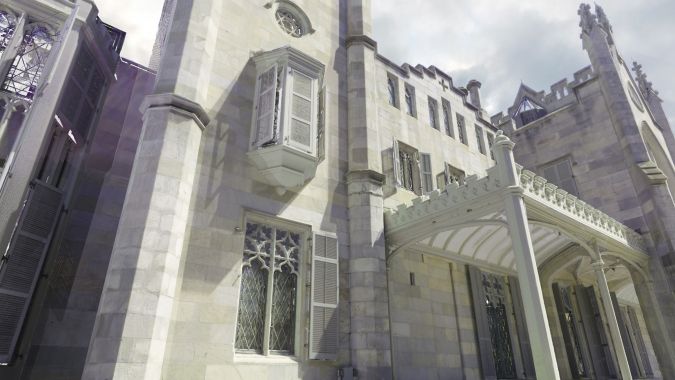
Show and tell
Another common saying is “A picture is worth a thousand words,” and this is especially true when communicating complex technical information. Whether it’s an image, a video or an immersive experience, visual content fuels the viewer’s imagination, clarifies value propositions and engages audiences. Coupled with enticing narratives, visuals can dramatically improve how Lidar professionals communicate their services.
Architectural marketing offers a viable blueprint. 3D rendering has become an indispensable marketing tool for architects since the early 2000s. This was due to the increasing availability of affordable 3D modelling and rendering software, as well as the growing demand for high-quality visualizations and animations. Today, 3D rendering is an essential part of the architectural design process. It allows architects and designers to create realistic visualizations of their designs, which can be used for everything from client presentations to virtual reality. The technology continues to evolve, with advancements in real-time rendering, augmented reality and other areas making 3D visualization easier to implement and experience.
In contrast, visualizing laser scanning deliverables for marketing has yet to reach its full potential. The Lidar industry has only recently started to appreciate the importance of visual marketing content. This is heavily driven by software advances. Select point cloud rendering solutions like NUBIGON, which was used to render all the images featured in this article, can deliver marketing-ready images, animations and immersive experiences with point clouds and related CAD/BIM deliverables. At the same time, intensifying competition between service providers and the growing importance of social media, coupled with a gradual mindset change, motivates laser scanning firms to focus more on developing marketing content.
The real-world impact of visual marketing
According to Antonio Tomecich, a partner at the 3D scanning and as-built modelling firm DCMS operating across North America, the power of visuals in promoting services cannot be overstated. “Visuals simplify complex information, evoke emotions and increase engagement. They help us to explain our technologies, workflows, deliverables and services to clients and prospects,” he says. “Visuals are a powerful tool to showcase our value proposition, and offer a significant ROI. They simply improve the likelihood of prospects converting into clients.” Szymon Bloch, the CEO of Scan 3D, a rapidly expanding 3D scanning and BIM modelling firm with offices in Poland and Germany, concurs: “Our 3D scanning services are becoming increasingly popular. To a large extent, we owe this to easily produced, fantastic visualizations demonstrating the tangible benefits of our services.”
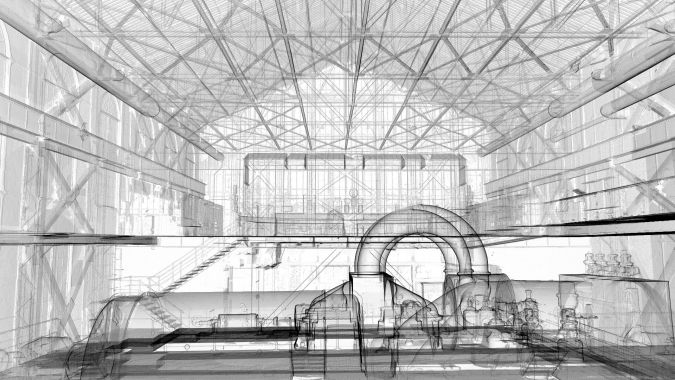
Animations are a noteworthy category of marketing visuals. At a time when audiences are inundated by information through social media, emails or trade shows while struggling with shrinking attention spans, service providers only have a short window in which to communicate their value proposition and leave an excellent first impression. “Using animations to demonstrate scan-to-BIM services is a highly effective way to communicate complex information to clients who may not be familiar with technical aspects. In our animations, our clients can see all project deliverables at once, which helps to create a better understanding of the project as a whole and generates more interest and engagement,” states Tomecich. Bloch goes a step further, saying: “Visualizations and animations allow you to convince the most opposed engineers or architects. It helps that these visualizations sometimes look like works of art.”
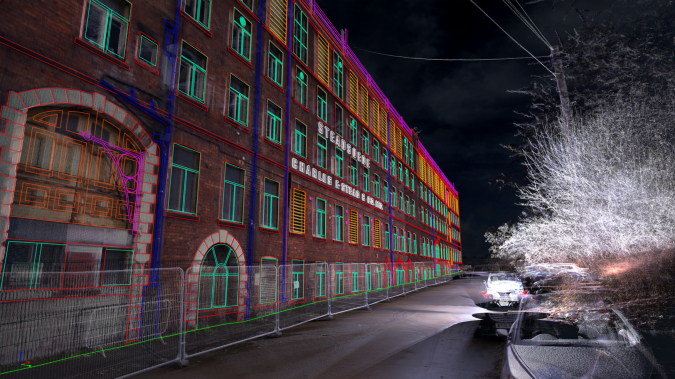
Immersive experiences boost engagement
Images and animations are great ways to grab the audience’s attention and leave a positive first impression. The next step in the marketing funnel is to drive the prospects’ engagement with curated immersive experiences. Applications that go beyond plain web-based viewers and feature gamification, augmented reality (AR) and virtual reality (VR) offer exciting new ways to help prospects explore laser scanning deliverables.
Elaine Ball points out the importance of geospatial expertise for VR/AR: “These technologies allow businesses to create immersive experiences for customers, where they can interact with products and services in real time, using geospatial data to provide location-based information and recommendations. The integration of geospatial data and technologies into marketing campaigns is likely to continue to grow in importance, with surveyors playing a vital role in providing accurate and reliable data to support these efforts. So these service providers can take advantage of their very own data to market their profession.”
The importance of strategic planning
Strategic planning is crucial when putting the lessons outlined in this article into practice. To bear fruits, efforts to learn more about target segments, frame the value proposition as a narrative with quantifiable outcomes, and boost attention and engagement with visual aids must all be coordinated. When implemented effectively, they deliver returns and can even help the service provider to redefine their profile.
One standout success story is Michal Gula’s journey throughout 2022. At the start of the year, as the CEO of a small local surveying and laser scanning firm in central Europe and 800 followers on LinkedIn, he was coming to terms with the fact that his job as a reality capture professional would be changed heavily by robots and AI in the next five to ten years. “If I want to stay relevant, I need to move from daily outdoor scanning into a high value-added position. I started with networking, researching new hardware and software solutions, and posting daily on social media – mainly LinkedIn,” he says.
By blending animations from his laser scanning and reality capture projects with innovative, industry-relevant tech content, he accumulated a dedicated following of 20,000 industry professionals by the end of 2022. When asked about the return on this effort, he responds: “This helped me to get more known in the industry worldwide, to expand internationally with our core business and to start collaborations across the world with training and consultations. I feel much more prepared for the future.”
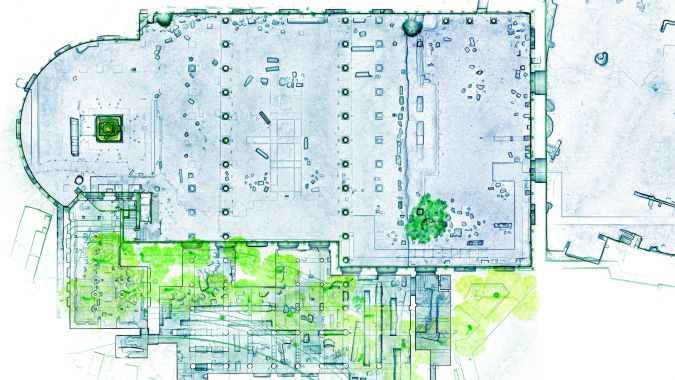
Pushing the limits of reality capture
Another service provider who successfully leverages the power of visual marketing is Derek Lawrence, a UK-based reality capture specialist and chartered engineer. After leaving his position as associate director at international industry giant ARUP, Lawrence started a reality capture consultancy firm, Twindl Limited. Soon after, he began working with GeoSLAM and other industry stakeholders, exploring new avenues to deploy reality capture technologies. He captures extraordinary sites to test hardware and software products and regularly showcases his experimental projects through videos on his social media accounts.
He finds that surveyors are beginning to recognize the transformation of their job profile, “as their traditional data capture roles move more toward consultancy about data manipulation for their clients. This is timely, as technology advancements make surveying more accessible for non-surveyors, increasing the demand for data processing, management and visualization skills.” This new job profile, he argues, bears great potential in bringing about long-needed efficiency gains in the AEC industry. “Giant leaps in efficiency can be made in this sector through the multi-purpose use of survey data. You may have historically carried out a Lidar scan to establish the location of objects in a space with millimetre accuracy. However, this data can be used for all sorts of things like staff onboarding, asset management, lighting analysis and so on. Visualization of this data is the common ground where people with different skills can quickly see what has been captured and ask questions about how that data might be used for their purposes. Before you know it, a piece of work captured for one use has multiple outputs, improving the efficiency but also making the cost to collect the data more reasonable – to a point where it becomes business as usual.” It appears that a focus on data visualization not only helps communicate current laser scanning services more effectively, but is also a powerful step towards the future of reality capture.
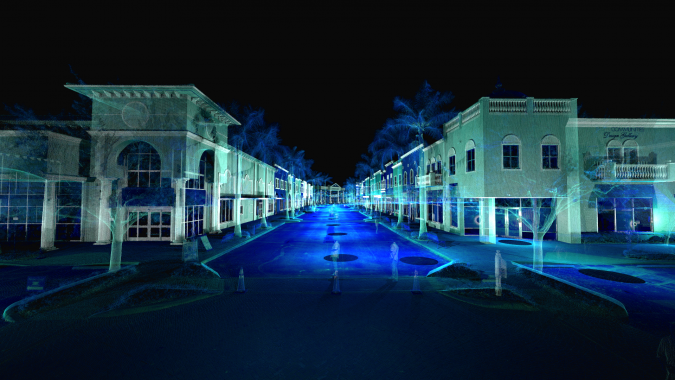

Value staying current with geomatics?
Stay on the map with our expertly curated newsletters.
We provide educational insights, industry updates, and inspiring stories to help you learn, grow, and reach your full potential in your field. Don't miss out - subscribe today and ensure you're always informed, educated, and inspired.
Choose your newsletter(s)
